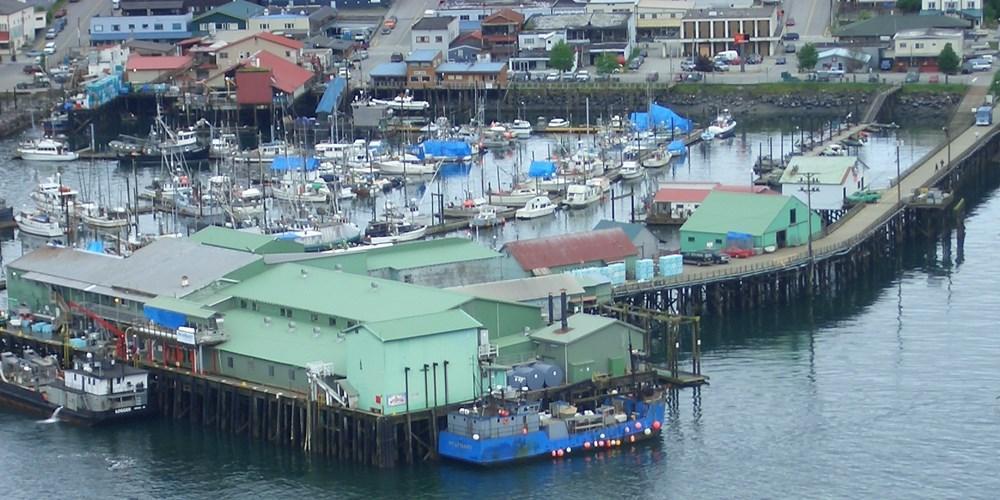The Petersburg Economic Development Council released the final version of a community plan for responding to the tourism industry's growth. The plan presents a range of recommendations for managing more cruise ships and tourists.
A working group of representatives from the local government, the Petersburg Chamber of Commerce, residents, and business owners, drafted the 31-page Visitor Industry Management Plan. Back in 2018, there was interest from a cruise company looking to bring ships with a capacity for up to 900 passengers to Petersburg (Mitkof Island, Alaska), which led to the creation of the plan, identifying potential impacts from the expanded tourism industry and making recommendations for management as well as ways to address possible growth.
The plan recommends uses for revenue from a marine passenger fee that the borough began collecting in 2019. The recommendations also include public restrooms. The borough has met some of that need, using CARES Act funding in 2020 to buy two restroom trailers that could open up during the warmer months.
Other possible uses of the passenger fee money are a marine wastewater pump-out station, an improved visitor map, and interpretive signs. Other ideas include a covered multi-use area for visitor staging, increased tie-up space for ships, and a better ramp for handicapped accessibility on one end of South Harbor.
The plan investigated options for wastewater discharge, at the heart of local complaints about cruise ships in 2019. It says the borough could petition the state to implement a no-discharge zone for ship sewage in borough waters. Guidelines for ships suggest no discharges of certain types of wastewater while in port or close to Sandy Beach.
Other recommendations from the plan came out of focus groups on local benefits, quality of life, quality of experience for visitors, infrastructure, communication.

Among the possibilities is surveying the community to find out what cruise companies and their passengers are interested in when docking. The borough could also monitor changes in annual port visits and establish triggers for evaluating in case more growth is desired.
The document recommends a planning process for docking space or areas for larger cruise ships.